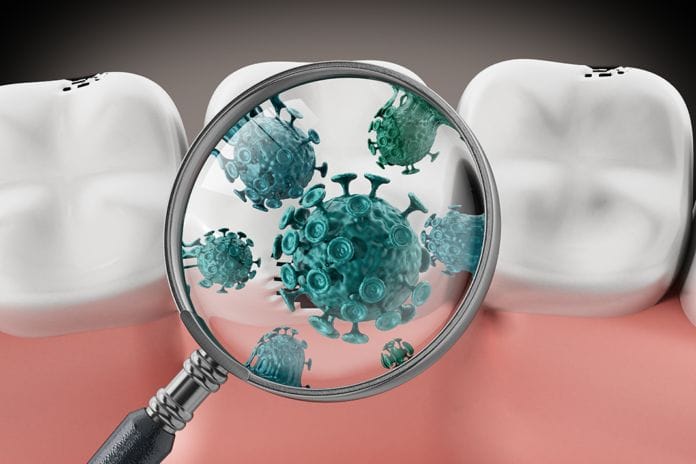Dental caries – tooth decay – is hardly a glamorous condition and may seem insignificant in light of other more complex, dental conditions and diseases. However, its impact on humanity is practically immeasurable, as dental caries is a persistent problem that continues to affect billions of people globally. Treatment options continue to be fairly straightforward, but somewhat limited, and often involve minimally invasive techniques such as drilling and filling.
That is why researchers at the University of Washington School of Dentistry recently conducted a study on the use of alternative methods and materials for treating dental caries. Specifically, these scientists focused on protein-based treatments and made exciting discoveries about how these natural substances can promote healing in the face of tooth decay. Below is more information about the problem of dental caries and how this innovative research might provide a breakthrough in the treatment of this insidious health issue.
The Problem of Dental Caries
Dental caries is the world’s most common chronic disease, bar none, and affects more children than any other chronic childhood medical concern. The leading cause of dental caries is the presence of acidic byproducts produced by Streptococcus mutans and the species’ close relative, Streptococcus sobrinus.
Both S. mutans and S. sobrinus are early colonizers of the oral cavity, and their robust constitution enables them to readily inhabit the mouth and become well-established. Over time, these streptococcal “cousins” form a foundation for other pathogens, and an enveloping biofilm (plaque) develops on the surface of the teeth.
S. mutans and S. sobrinusare indirectly responsible for tooth decay in that they convert sucrose into lactic acid; this chemical dissolves tooth enamel, and caries ensues. Though initially painless and relatively innocuous, dental caries is a persistent and progressive, and painful infectious processes often result if left untreated.
Traditional treatment of dental caries includes removing all areas of decay and filling the cavity with an inert substance. While this is effective and fairly simple, such treatment excludes the possibility of restoring the tooth’s natural enamel and leaves a potentially vulnerable point-of-incursion on the tooth.
The Study
As a result, researchers at the University of Washington decided to explore treatment modalities that allowed for tooth restoration in the case of dental caries. Since the ground-zero for the lactic acid “attack” is the enamel, a research emphasis was finding a means of naturally remineralizing the surface of the tooth.
Proteins, specifically amelogenin, were identified as key factors in the body’s repair processes when it came to tooth remineralization. Next, the researchers isolated amelogenin in the laboratory and applied it to tooth enamel.
Once the amelogenin was in place on the surface of the tooth, it bonded strongly and began to attract calcium and phosphate to the site. This process spurred the remineralization of tooth enamel and the formation of a new protective layer. Specifically, measurements showed the deposition of between 10 and 50 micrometers of tooth enamel after each application.
The implications for this finding are groundbreaking, as amelogenin can be formulated within a number of dental products. These products can be safely used by both dental and medical professionals as well as the general public. Toothpastes, mouthwashes, and other amelogenin-based products can be used on an ongoing basis to prevent and reverse tooth decay and even restore damaged tooth enamel.
While much research remains on the use of amelogenin in the “war” against dental caries, these initial findings are overwhelmingly positive, and future expectations are that it will provide viable preventative and treatment opportunities. Continuing research will help align the use of amelogenin with specific products and maximize its efficacy in both clinical and nonclinical settings.











